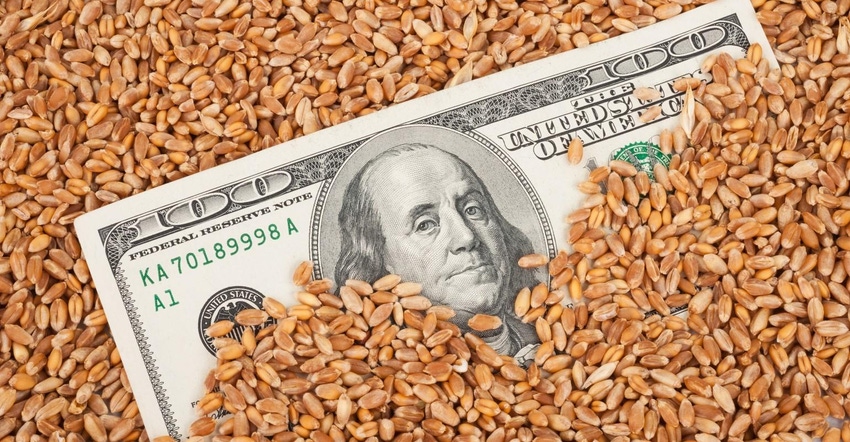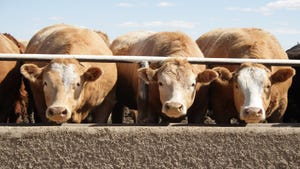
In June, I wrote a column titled “Summer and fall 2022 price prospects in the grain market,” which was a follow-up to my February column titled “First half 2022 price prospects.” The February column examined years when cash corn and soybean prices increased 10% or more in the three months following harvest. I showed that in many years, cash prices continued higher into early June, a promising conclusion for people who wanted to hold unpriced grain into late spring. In hindsight, it was a good call.
The June column was a follow-up examination of the same years and asked, “Where did prices go from June to harvest?” or, phrased another way, “Should producers continue to hold unpriced grain deep into the summer months?” As the price history in the June column showed, the prospects for even higher prices into harvest were not promising. In hindsight, it was another good call. Cash corn prices are off about $1/bushel from the mid-June peak. Cash soybean prices have fared even worse - off nearly $3/bushel from the early-June peak.
I hope you are not holding unpriced grain in storage, because cash prices off sharply from June highs will not be the end of the story. Harvest bids for new crop corn are $1.20/bushel lower than early August prices. Harvest bids for soybeans are also lower. The current inverse in nearby corn and soybean prices will soon disappear as old crop bids merge into new crop quotes by mid-September.
Speaking of inverses, have you had a chance to look at the spreads lately? At the start of the war in Ukraine, the Dec’22/Jul’23 corn spread peaked at a 15-cent inverse (i.e., Dec’22 at a 15-cent premium to Jul’23). It currently trades at a 10-cent carry – Dec’22 at a discount to Jul’23. The move in soybeans has been more dramatic. The Nov’22/Jul’23 soybean spread was at a 90-cent inverse in late February. By mid-August it was showing a modest 4-cent carry. These changes are nothing compared to wheat, where the Sep’22/May’23 Chicago wheat spread has traded from a $2 inverse to a 40-cent carry in a little more than 5 months. Inverses transforming into carries is not the sign of an enduring strong bull market.
My purpose here is not to pat myself on the back for two good calls earlier in the year. My February and June columns simply laid out a history of similar years and showed you the evidence. “History doesn't repeat itself, but it often rhymes,” is an old maxim sometimes attributed to Mark Twain. Despite a year of extraordinary world events, grain markets have displayed a lot of rhythm.
Source: Ed Usset, who is solely responsible for the information provided and is wholly owned by the source. Informa Business Media and all its subsidiaries are not responsible for any of the content contained in this information asset.
Read more about:
TradeAbout the Author(s)
You May Also Like






